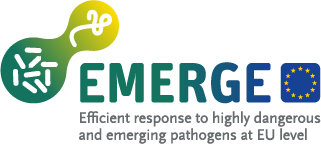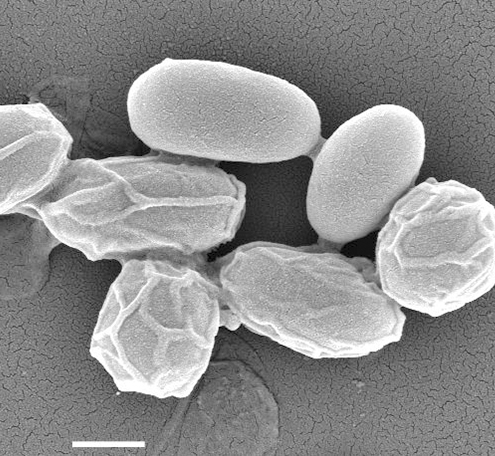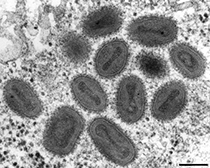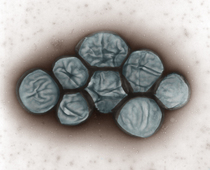EMERGE: Efficient response to highly dangerous and emerging pathogens at EU level
The project summary (Excerpts from Grant Agreement)
The human population is confronted with emerging and re-emerging infectious pathogens that can cause serious cross-border outbreaks. A recent example is the Ebola outbreak requiring strong diagnostic, clinical, and public health measures in Europe and abroad in order to get this incident under control.
 Co-funded by the Health Programme of the European Union
Co-funded by the Health Programme of the European Union
The JA EMERGE is in compliance with the European policy (Decision No 082/2013/EU) where the need for an efficient, rapid and coordinated response to high threat pathogens is defined. It comprises a European network with about 40 diagnostic laboratories focused on risk group 3 bacteria and risk groups 3 and 4 viruses. It will act in a so-called inter-epidemic mode (IEM) which can be activated and switched into an outbreak response mode (ORM) on request by the Health Security Committee in order to direct all activities to the outbreak management. A number of other laboratory networks, institutions and agencies are contributing to the management of cross-border infectious outbreaks.
EMERGE will provide a platform for establishment and consolidation of a common, coordinated and effective response to infectious disease outbreaks at EU level and abroad (WP4). State of the art and new diagnostic methods for high threat pathogens, including in-house and commercial kits, will be evaluated for their applicability and recommended in outbreak situations when suitable (WP5). External quality assurance exercises will ensure best approaches for laboratory responsiveness in outbreak situations (WP6). These activities will be supported by an appropriate training to share best practices of diagnostics and bio-risk management (WP7). In conclusion, the general objective will be to ensure efficient response to serious emergent and re-emergent cross-border events by reinforcing the existing EU network of BSL 3 and BSL 4 laboratories which are already active in the field of identification of dangerous bacterial and viral human pathogens.
Date: 04.11.2016





